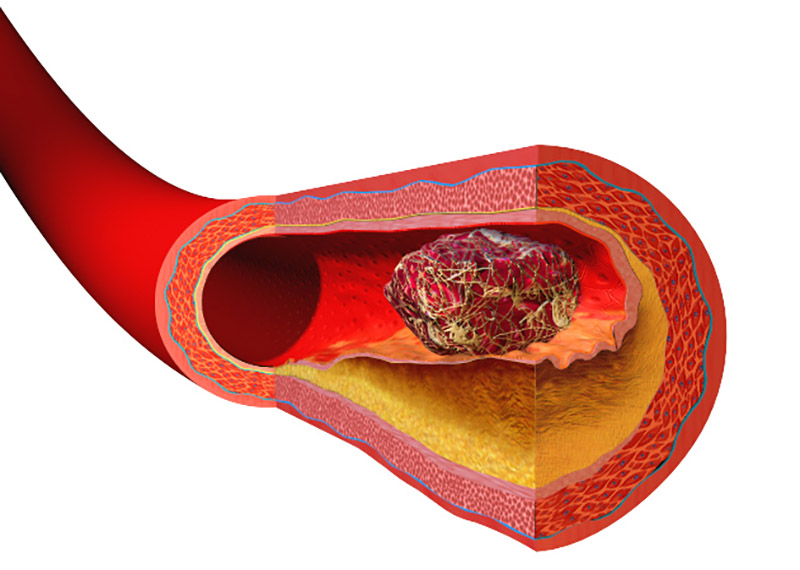An Overview of Thrombectomy
An Overview of Thrombectomy

Here we take a look at urological thrombectomy – a procedure to remove a blood clot (thrombus) from an artery or vein – including the procedure and possible risks or side effects.
A thrombectomy is a surgical procedure to remove a blood clot (thrombus) from an artery or vein. The clot may be interrupting the flow of blood to certain parts of the body which can result in damage to tissue and must be dealt with as soon as possible.
Blood clots are common in the arms and legs but can also occur in other parts of the body. Minor clots can often be treated using a blood thinner, which are administered via intravenous, injection or prescription medicine. However, for larger clots, surgical thrombectomy may be necessary.
Procedure
The thrombectomy procedure will vary depending on the part of the body being operated on. However, a urological thrombectomy is fundamentally the same each time, and will typically go like this:
Anaesthesia and blood thinning medicine will be administered via intravenous. Your surgeon will then make an incision where the blood clot resides, cutting through the vessel to the clot may be removed.
In some cases, a balloon attached to a catheter may be used to draw the clot out. This is called a balloon embolectomy. A stent may be inserted into the blood vessel to help keep it open. After the clot has been removed, your surgeon will close the blood vessel and the wound.
Recovery
After the surgery you will be taken to recovery where your vital signs will be monitored closely. Depending on your condition, you will need to stay in hospital overnight, but not for more than a few days. You will be given blood thinning medication to help reduce the risk of the clot forming again.
Once home, you are encouraged to stay active. You will be required to attend follow-up sessions where your doctor can track your progress. Your doctor may check on your blood vessels with an imaging test called a venogram.

Risks and Side Effects
As with any major surgery there are some risks involved with thrombectomy, such as bleeding at the operative site, injury of the surrounding organs or the blood vessel, and infection. There is also a risk that your blood clot will reform.
If the blood clot is not treated in time there is a risk of a pulmonary embolism occurring. This is where the blood clot travels into a vein within a lung from another part of the body, causing a blockage, which can be fatal.
It is important to recognise the symptoms of a pulmonary embolism in order to treat it right away. These include:
• Chest pains
• Discomfort when a deep breath is drawn
• Unexplained sudden onset of shortness of breath
• Rapid pulse
• Dizziness or lightheadedness
• Coughing up blood
Thrombectomy with Urology Specialist
While he is primarily a urological cancer surgeon, Dr Mohan Arianayagam also performs general urological procedures like thrombectomy.
At the University of Miami Dr Arianayagam had the privilege of learning from Dr Gaetano Cancio, who is a transplant surgeon who works closely with the Urology department.
During this period Mohan learned how to perform kidney removal (radical nephrectomy) for very large tumours using liver transplant techniques. Many of these tumours are unique in that they spread into the veins draining the kidney (renal vein) as well as into the major vein that drains blood from the lower body and gut into the heart (inferior vena cava).
This is a particular challenging operation as the tumour in the vein (thrombus) can extend from the kidney up to the heart. These procedures, known as IVC thrombectomy, are only performed at a few large centres due to the complex nature of the surgery and the intensive care support that is needed.
If you have any further questions about any urological issues or would like to book an appointment, please don’t hesitate to give us a call.

Why Does Testicular Pain Persist? Common Causes to Know
Testicular pain is relatively common; however, when it becomes severe and long-lasting, there may be some cause for concern. This…

Everything You Need to Know About Sperm Health
It is not uncommon for men to have troubles with their sperm production, or to develop a sperm disorder. But…






